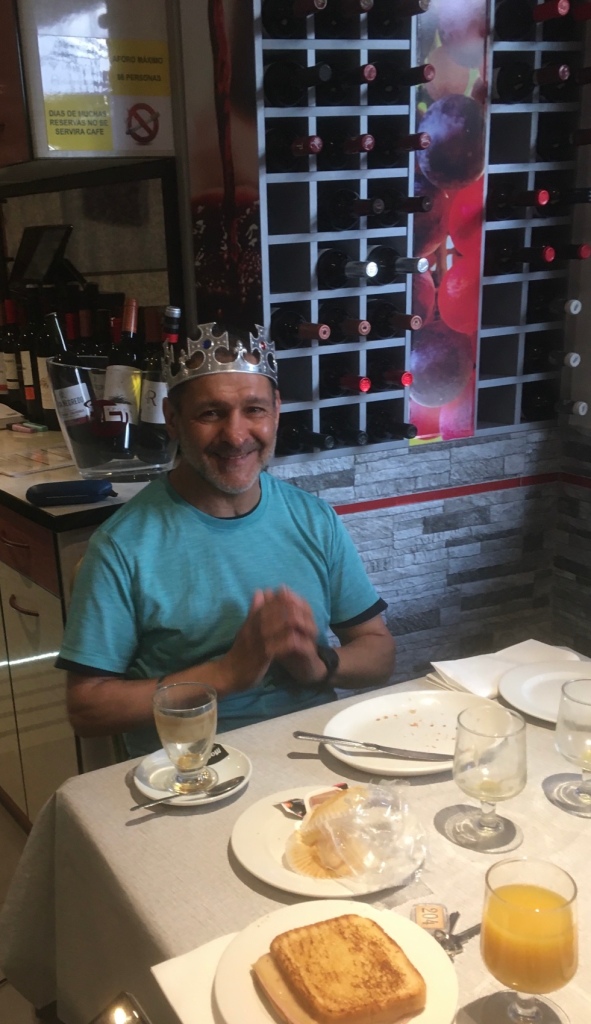
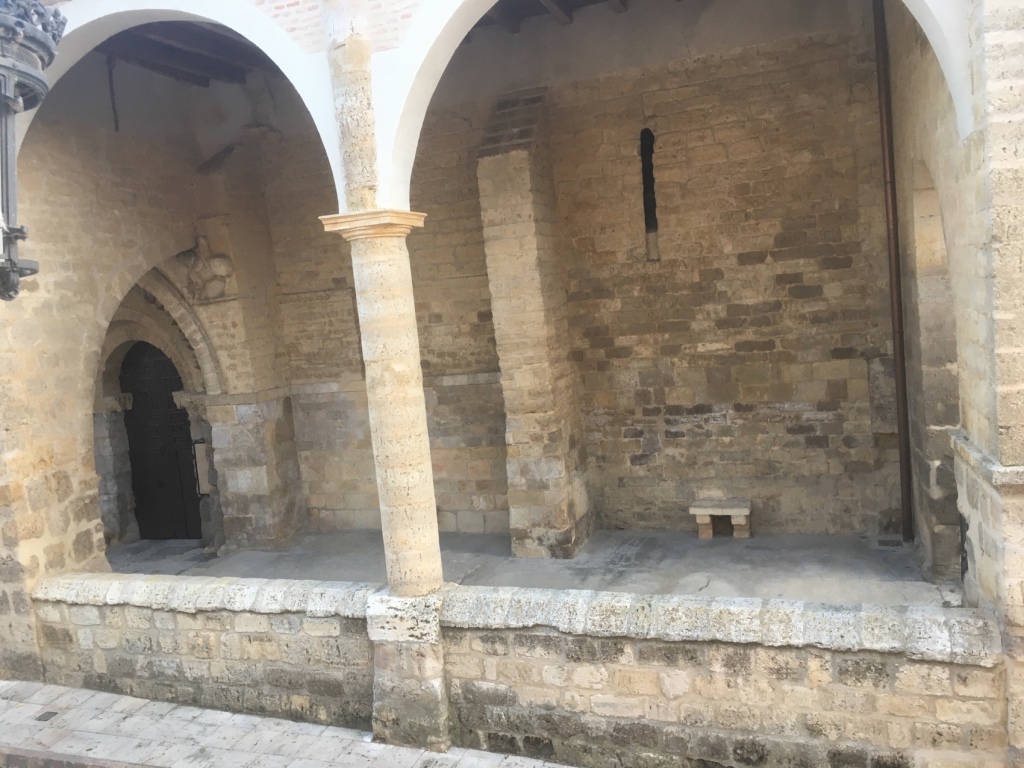

We passed Hotel Real Monasterio de San Zoilo on the edge of town – a very impressive place to stay, but at £92.00 a night, a little above our budget
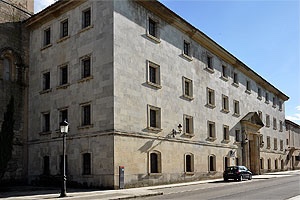
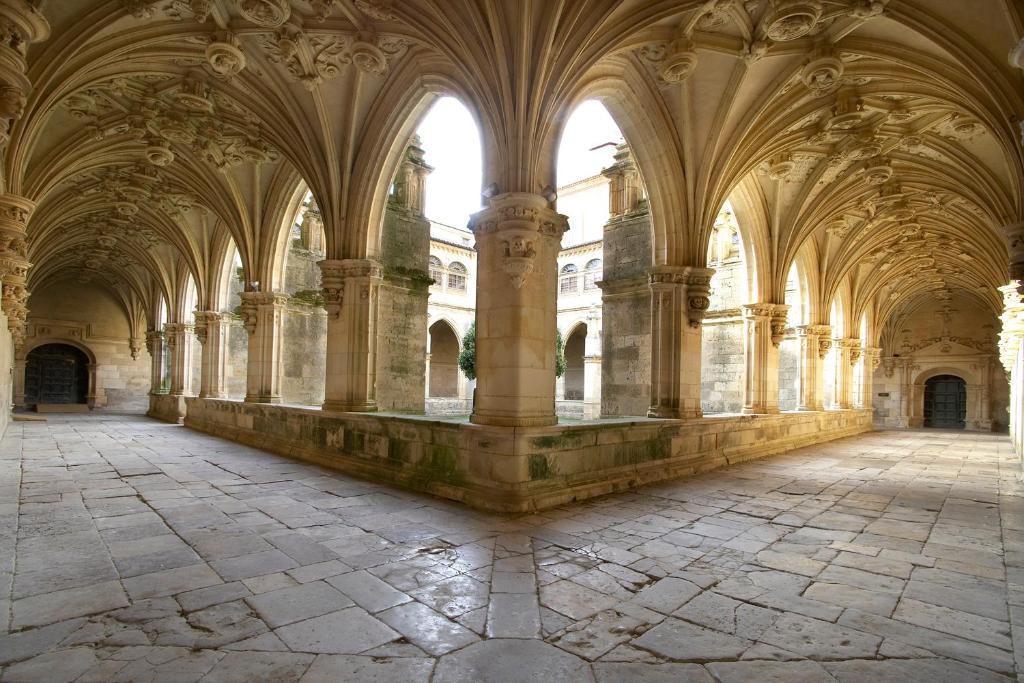

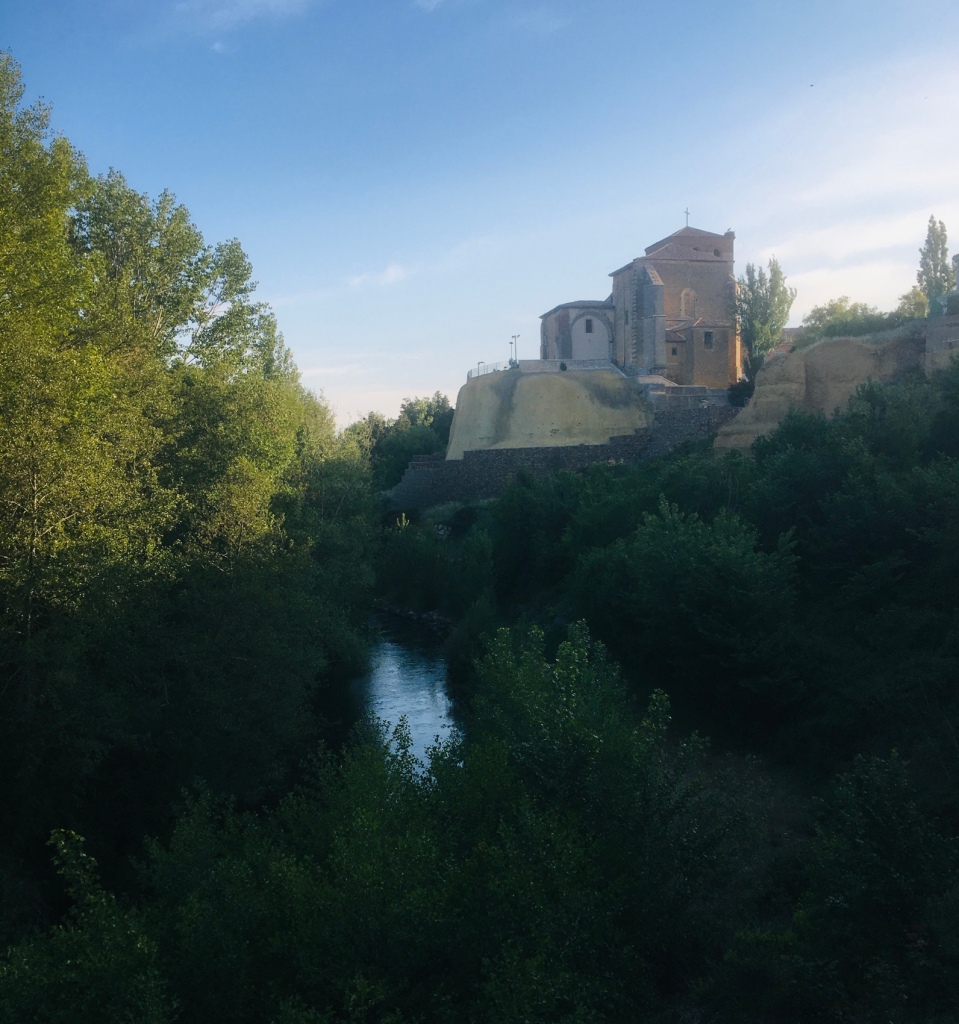
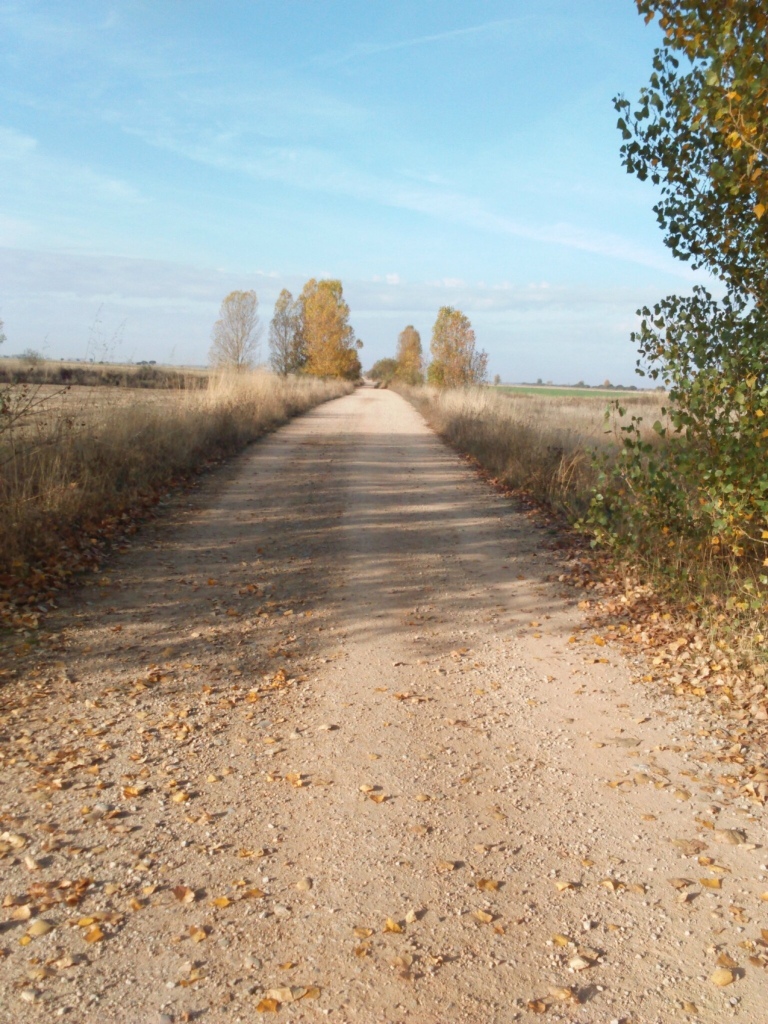
Except for the first few kilometers on the local road, the rest runs along dirt tracks that easily get flooded in case of rain.
The section from Carrión de los Condes to Calzadilla de la Cueza is the longest without intermediate towns on the entire French Way;
We walked along the very Vía Aquitania, the old Roman road that linked Bordeaux with Astorga.
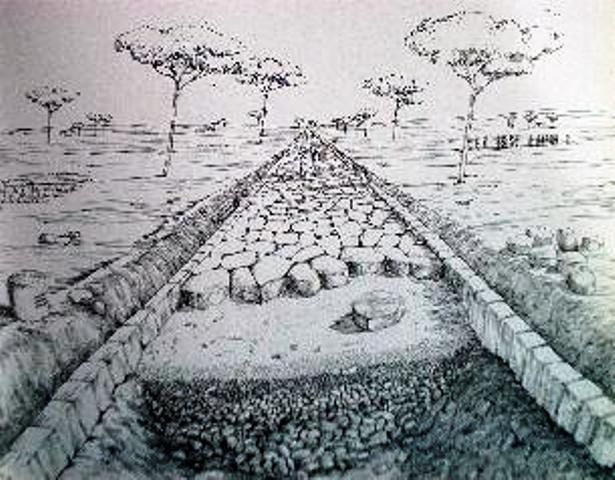


We walked on to Calazadilla de la Cueza – 10.5 miles on from Carrion .



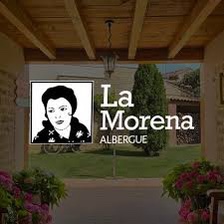

His life was based on principles of conduct and a way of being and doing focused on family, work and religion.
I cannot avoid moving to a Sunday at noon before describing La Morena. Dark heels with a gold detail, crystal stockings, a black skirt below the knee and a beautiful flower-printed blouse. An essential in her style were her lips perfectly made up in shades of pink and a good dose of Nelly hairspray to fix her combed hair. Her daily ritual was to wash her face with lizard soap and thoroughly apply a cotton pad soaked in 96º alcohol. A liturgy that made the skin of her face perfect, radiant and full of life. Her wavy black hair was a perfect tandem with her green eyes.
La Morena, according to those who knew her, was a woman with exuberant beauty . One of those women that the photographers of the time were dying to capture, trying to capture the perfect combination of beauty and personality on paper.
La Morena was much loved and admired. She was always willing to listen, help and lend a hand to her. At times, she was the victim of her bad temper and her strong personality.
When the Camino de Santiago was barely exploited, La Morena already received letters and postcards from London, Bilbao or Lisbon from some pilgrim who wanted to thank her for her hospitality. A glass of fresh water, a chorizo sandwich from the pot or a while under the shade of the fig trees in the house was reason enough to invest in a stamp bound for Ledigos.
Since the 50s, Bar La Cueza was a mandatory stop for pilgrims , merchants or residents of the town. The star dishes of La Morena were stewed tripe, roast suckling lamb in the wood-fired oven or the products of the slaughter. Some clients paid religiously and others not so much, but none of them lacked a glass of wine accompanied by a mouthful of tradition.
It is very difficult to leave a mark on people and on history, my grandmother did it. Today she is a well-known character and recognized for her good work.
My curiosity has awakened to inquire about the meaning of Priscila, my name and that of my grandmother. It is the diminutive of Prisca, derived from the Latin priscus, meaning “old, ancient”. It refers to material or immaterial goods that no longer exist today, what was in the past, what was from another time. It was a term used poetically in imperial times, with nuances of veneration and respect for the ancestral. Now I understand the reason why my great-grandparents chose that name, Priscila, La Morena.
We want to pay her this tribute to her daughter and her grandchildren, at home, where we will try to ensure that each corner does not forget its essence”. It took forever to book in as the receptionist chanted to all and sundry between showing pilgrims to their rooms – she needed some of grandma’s focus.
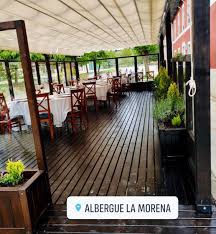

Leave a comment